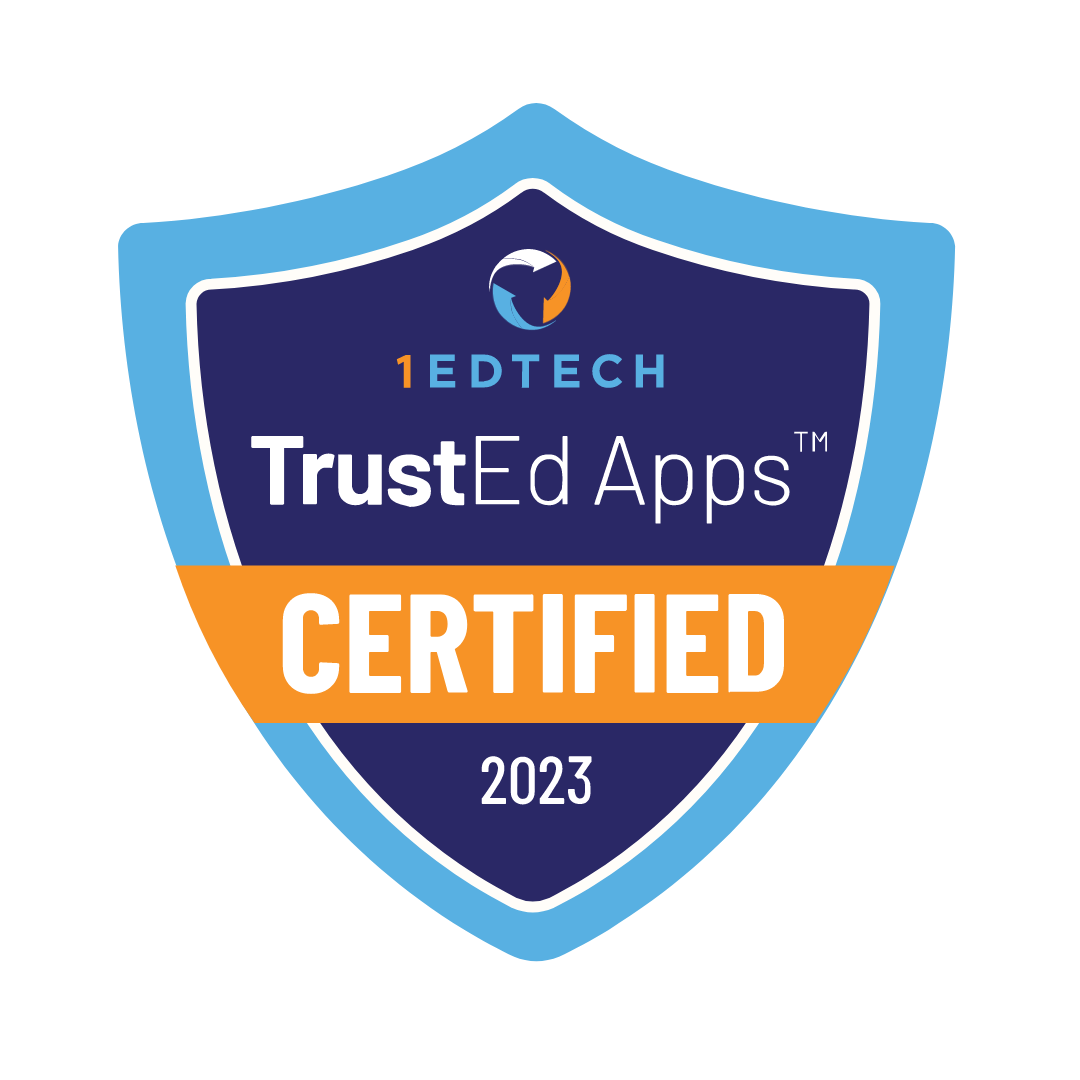Contents
- 1 What Is a Homeschool Video Curriculum and How Does It Work?
- 2 What Are the Best Homeschool Curriculum Options Available?
- 3 How to Engage Your Child with Video Lessons in Homeschooling?
- 4 What Subjects Can Be Taught Using a Video-Based Homeschool Curriculum?
- 5 What Are the Advantages of Using a Homeschool Video Curriculum?
“Potential of Video Studies in Research on Teaching and Learning Science” by Fischer and others shows how using video can help teachers see what works best in their classrooms.

Video-based homeschool curriculum is a relatively new approach where the primary focus is on lessons delivered through video materials.
What Is a Homeschool Video Curriculum and How Does It Work?
Let’s explore the features of such a curriculum and what to expect from it.

Understanding the Basics of Video-Based Homeschooling
Video-based homeschooling takes full advantage of online learning. Children have access to many video materials they can watch as many times as needed to understand the content better. Their lessons include more visual elements, making it easier to learn the concepts. These features are especially important for children with special needs, as they have a lot of special requests.
Benefits of Using a Video Homeschool Curriculum
This curriculum stands out by bringing convenient learning for children. This curriculum allows them to plan their studies independently. Kids won’t miss anything and can revisit unclear topics by rewatching materials. Their program isn’t based on passive watching but includes active participation with many interactive elements. These elements make learning more exciting.
How to Choose the Right Video Lessons for Your Child?
Choosing the right video lessons for your child can be challenging. Good lessons depend on how well chosen the school is. We provided tips on how to make the right choice here.

What Are the Best Homeschool Curriculum Options Available?
We will discuss which homeschool curriculum options are most popular among students.

Exploring Popular Homeschool Curriculum Providers
Students can read about the best elementary curriculum options here. Kids can also explore top curriculum choices for other grades in this article. Legacy Online School has been recognized for its homeschool curriculum for years. Learn more about it here.
Comparing Video-Based Curriculum: Abeka vs. BJU Press
Abeka and BJU Press are two popular curricula of this type among students.
Abeka resembles traditional school curricula closely because it uses similar principles. Abeka’s program is highly structured and strongly supported by teachers. A unique feature of Abeka is its focus on spirituality and religion within Christian values. This curriculum is ideal for families who want to balance their child’s basic knowledge with religious education but don’t have enough time for homeschooling.
BJU Press also aims at developing spiritual growth. BJU Press takes a different approach by moving away from traditional school methods. This curriculum gives children more freedom, helping to develop their personal qualities. This curriculum is a great choice for families willing to dedicate significant time to their child’s education.
What Makes Power Homeschool and Compass Classroom Stand Out?
Both of these curricula are highly appreciated by students.
Power Homeschool is loved for its clear presentation of materials, making it easy for any student to understand the content. This curriculum offers a lot of freedom. Students can decide how, when, and for how long they want to study.
Compass Classroom is equally popular. Compass Classroom’s video materials are designed professionally and include interactive assignments. These elements involve students in the learning process actively. The curriculum combines basic knowledge with a creative approach, captivating any child.
How to Engage Your Child with Video Lessons in Homeschooling?
“I took control of my children’s education with video homeschool”

Video lessons aren’t equally interesting for all children. Here are some tips to help spark your child’s interest.
Strategies for Keeping Kids Interested in Video-Based Learning
Passive video watching won’t engage children. Parents need to carefully plan lessons and select video materials with interactive elements for kids’ active participation. Add interactivity manually if the videos lack built-in features. Examples of this interactivity could include home games or activities after watching specific parts of the video.
Incorporating Interactive Elements into Video Lessons
Interactive elements make video lessons more engaging. Simple examples of these elements include choosing answers during the video, participating in polls, or other similar features keeping a child’s attention. Parents can also include activities requiring kids to move around the room while following the lesson. Use Google to find additional ideas for incorporating interactive elements suitable for your family.
Using Supplemental Video Courses for Enhanced Learning
Basic courses often include only basic videos. These videos may not be enough for many children to fully understand the material or improve their knowledge. Parents turn to additional videos in such cases. It’s recommended to preview these videos beforehand to ensure they meet your child’s current needs. Pay special attention when selecting supplemental videos for complex subjects like math. Videos for these subjects should explain concepts in the simplest yet fascinating way possible.
What Subjects Can Be Taught Using a Video-Based Homeschool Curriculum?
“Some students have a hard time with hands-on projects, in particular, things like animal dissection. Dissection is one thing that simply does not interest my son. He’s very sensitive where animals are concerned. However, he can watch video dissections with interest, since he’s not the one actually doing it”
Marcy, Ben and Me

Let’s explore which subjects can be taught successfully within such a curriculum.
Key Subjects Covered in Video Homeschool Curriculum
A video curriculum can cover all core subjects and many electives. Parents can either design the curriculum themselves or choose a pre-made option. Parents select a curriculum going beyond simple video lessons and basic tasks. The good curriculum provides assignments thoroughly assessing knowledge and requiring active participation from the child. Special attention must be given to what is included in the core subjects. The curriculum for subjects like math, language arts, science, and social studies should cover all important topics to guarantee children are well-prepared for the next educational level.
How to Structure Math and Language Arts Lessons?
Language arts is often easier for children to understand compared to math. Learning both subjects will be successful only when effective strategies are applied.
The first strategy is starting a new lesson with a review of the old material. Spend about 15-20 minutes on this, which will be enough for knowledge to be reinforced.
The second strategy is teaching material in an exciting way and including interesting facts. This approach will help children better understand the material.
The third strategy is presenting material in a simple and understandable format and noting difficult parts. Simplify these parts so children can handle them successfully.
Incorporating Bible Studies into Your Homeschool Curriculum
Religious aspects in education hold significant importance for many families. Bible studies can be added as an additional section in the curriculum. Include it alongside core subjects if religion is highly valued in your family. Include it as an elective if you want your child to have a basic understanding without going deeply into the subject.
Use videos covering key aspects. Incorporate activities to help children better understand the material presented in the videos.
What Are the Advantages of Using a Homeschool Video Curriculum?
Many students prefer video-based curricula. Here are three key reasons why they make this choice.

Flexibility and Convenience of Video-Based Learning
Flexibility and convenience are key reasons why children enjoy this type of learning. Video lessons give them the freedom to decide when to study. The benefits don’t stop there — videos allow students to rewatch material as many times as needed. These features help kids overcome problems, successfully understand concepts, and build confidence in their powers.
How Video Lessons Aid Different Learning Styles?
There are several well-known learning styles, including visual, auditory, and kinesthetic. Video lessons effectively cater to all these styles by providing ample resources for each type of learner. Visual learners find video lessons especially helpful because they include many visual elements.
Cost-Effective Options and Discounts for Homeschoolers
Programs and courses based on video-based curricula are often more affordable than other types of programs. Students can also find special discounts for these programs, such as back-to-school promotions. Visit the website of the specific school offering the curriculum to learn more about these details.











